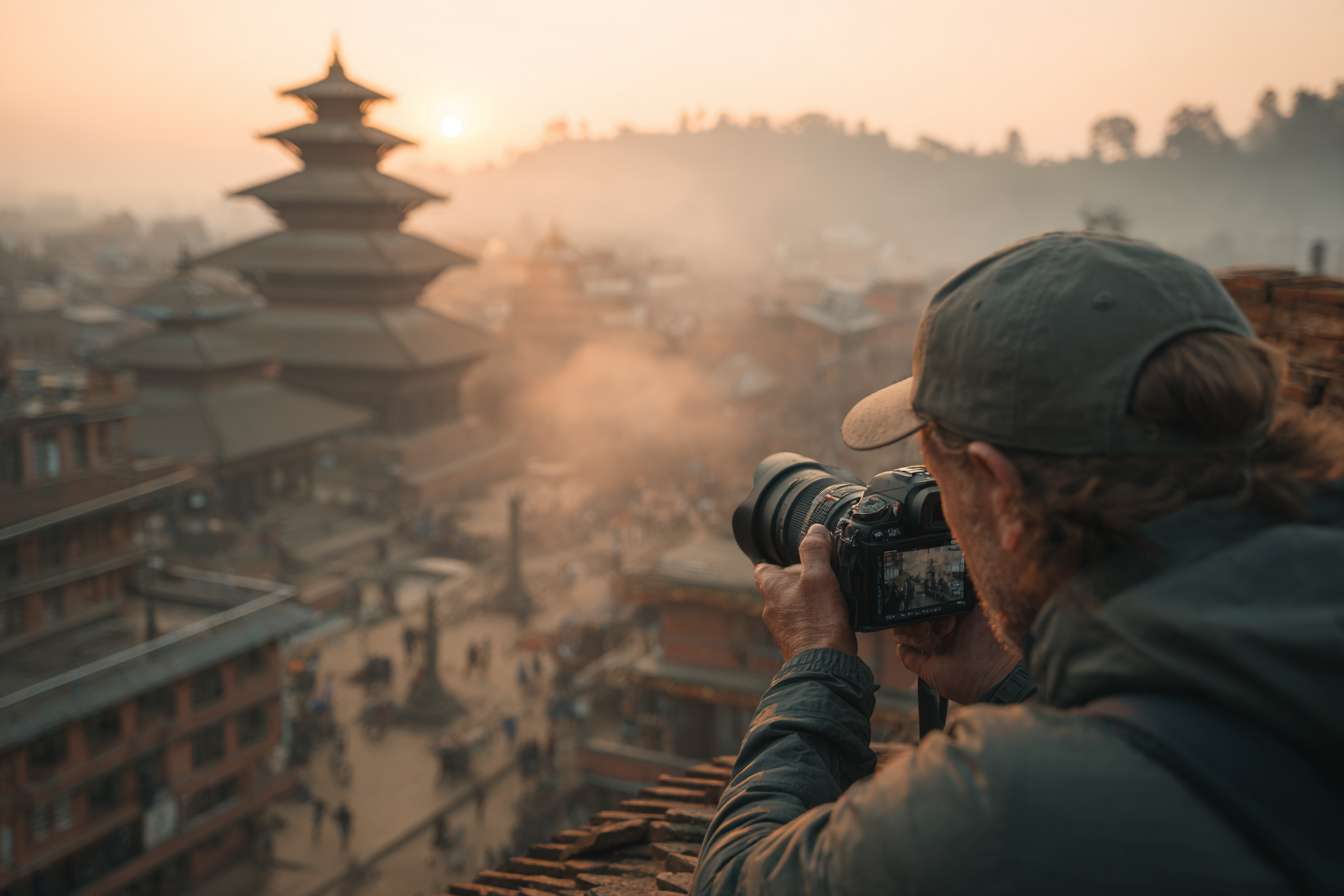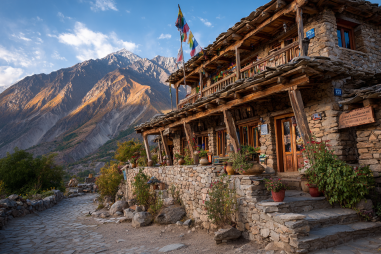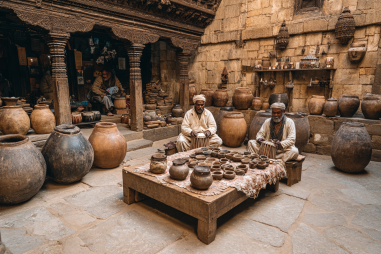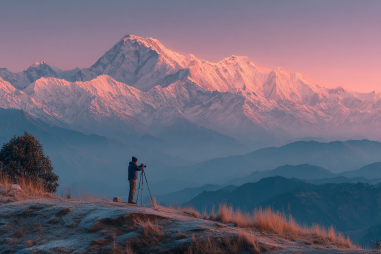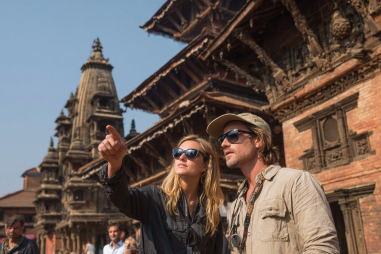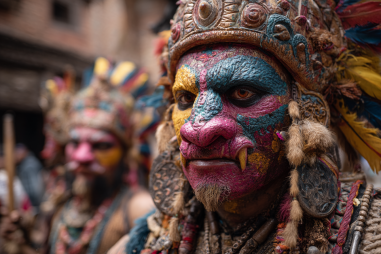Bhaktapur, a jewel of Nepal’s Kathmandu Valley, is renowned for its timeless beauty, intricate architecture, and rich cultural tapestry. For photographers, it presents an opportunity to capture breathtaking scenes that are a perfect blend of history, tradition, and vibrant life. Whether you’re an amateur with a smartphone or a seasoned professional with a DSLR, taking great photos in Bhaktapur requires more than just pointing and shooting. Understanding the light, location, and local culture can transform your images from ordinary snapshots into stunning stories. Let’s explore some essential tips to help you capture the essence of this ancient city.
Best Times of Day for Photography in Bhaktapur
Lighting is one of the most critical elements in photography, and in Bhaktapur, timing your shoots can make a world of difference. The city’s buildings, statues, and narrow alleyways interact beautifully with natural light during certain times of the day.
The golden hours—shortly after sunrise and before sunset—are ideal for photographing Bhaktapur. During these times, the sunlight casts a warm, soft glow that highlights the city’s intricate woodwork, weathered brick facades, and the terracotta roofs of its temples and houses. Early morning is especially peaceful, with fewer tourists around, providing a serene backdrop to capture the quiet charm of Bhaktapur’s courtyards and squares.
Avoid shooting in the harsh midday sun when shadows become stark and colors may appear washed out. However, if you want to capture lively street scenes or vibrant festivals, the afternoon can be great, especially when the sun begins its descent, adding drama and depth to your pictures.
Key Locations and Angles to Photograph
Bhaktapur’s compact layout means you can explore on foot, discovering countless photo-worthy spots. Here are some must-visit locations and tips on getting the best angles:
- Durbarsquare: The heart of Bhaktapur, it is home to stunning palaces, courtyards, and the iconic 55-window palace. Capture close-ups of detailed carvings and wide shots showing sprawling plazas. Try shooting from different perspectives — low angles to emphasize grandeur or from the rooftop terraces for panoramic views.
- Nyatapola Temple: This five-tiered pagoda is one of Nepal’s tallest temples and an architectural masterpiece. Capture it from the front stairs to include the guardian statues or from the side to show the temple’s symmetry against the sky.
- Pottery Square: An excellent place to photograph everyday artisans at work. Capture the process of pottery making, focusing on hands, clay textures, and finished pieces. Candid shots of artisans working add a human story to your photos.
- Aru Bhaktapur Alleyways: Wander through narrow lanes decorated with traditional homes and colorful flowers. Use these alleys to frame your subject and create depth with leading lines. Be mindful to ask permission before photographing residents inside their homes.
- Taumadhi Square: Another beautiful spot famed for its Nyatapola and Bhairavnath temples. Consider wide-angle shots to include bustling market scenes and festival activities.
Tips for Capturing Festivals and Street Life
Bhaktapur’s festivals are vibrant displays of color, music, and rituals – a photographer’s dream. To make the most of your festival photography:
- Research festival dates: Plan your trip around major events such as Bisket Jatra or the Gaijatra festival to witness spectacular processions and traditional dances.
- Arrive early: Festivals can get crowded quickly. Arriving before the action starts helps you find good vantage points and set up your shot.
- Use longer lenses: To capture close-ups of performers and participants without disturbing them, telephoto lenses are invaluable. They also help you isolate subjects amidst crowded scenes for dramatic portraits.
- Be patient and observant: The best festival photos often come from waiting for the right expressions or moments. Stay alert and ready to react.
- Engage with locals: Building rapport with participants can sometimes lead to more intimate and authentic shots.
For everyday street life, candid photography is key. Capture vendors, children playing, monks in traditional robes, or simply locals going about their day in colorful attire. Remember to be respectful, seek permission when possible, and keep your camera unobtrusive to maintain natural expressions.
Equipment and Settings Advice for Bhaktapur Photography
While Bhaktapur’s beauty can be captured on almost any camera, there are a few gear and setting recommendations to help you achieve the best results:
- Camera: A DSLR or mirrorless camera will give you flexibility and image quality, but modern smartphones with good cameras can also deliver impressive shots, especially in good light.
- Lenses: A versatile zoom lens (e.g., 24-70mm) covers wide streets and detailed close-ups. A wide-angle lens is useful for capturing architecture, while a telephoto lens helps with street portraits and festival action.
- Tripod: Useful for low-light photography during golden hours or nighttime shots in plazas and temples.
- Settings: Shoot in RAW format for post-processing flexibility. Use a low ISO (100–400) for sharp, noise-free images when the light is good. Aperture priority mode can help you control depth of field – wider apertures (f/2.8 to f/5.6) for portraits and narrower (f/8 to f/16) for landscapes and architecture.
- Filters: A polarizing filter can reduce glare from tiled roofs or water surfaces, enhancing skies and colors.
Don’t forget extra batteries and memory cards, as you may be shooting all day with limited chances to recharge or offload.
Ethical Photography and Respecting Locals
Bhaktapur’s charm lies not only in its surroundings but also in its warm, proud people. Respect and sensitivity go a long way in ethical photography:
- Always ask permission: Before photographing individuals, especially in close-ups or inside homes, politely ask for consent. Many locals are happy to be photographed but appreciate respect.
- Respect religious spaces: Some temples and rituals have restrictions on photography. Look for signs or ask guides to avoid offending religious sentiments.
- Avoid intrusive behavior: Do not use flash during ceremonies unless permitted, and avoid blocking pathways or interfering with activities.
- Support locals: When possible, buy crafts or offer tips to artisans you photograph as a gesture of appreciation.
Mindful photography creates positive experiences for both you and the people you capture on camera, enriching your travel memories and images.
Embrace the Story Behind Each Frame
Photographing Bhaktapur is about more than just capturing pretty pictures – it’s about telling stories of a city where the past lives vividly alongside the present. By using the right light, exploring key spots, being considerate to the culture, and honing your technical skills, you’ll craft photographs that truly convey Bhaktapur’s unique beauty and spirit. So grab your camera, wander its ancient streets, and let your lens reveal the timeless charm of this extraordinary city.

